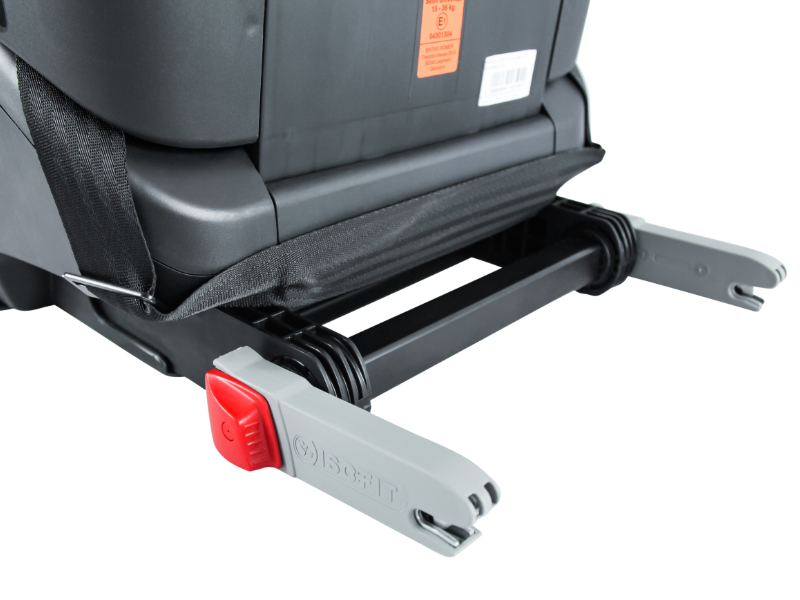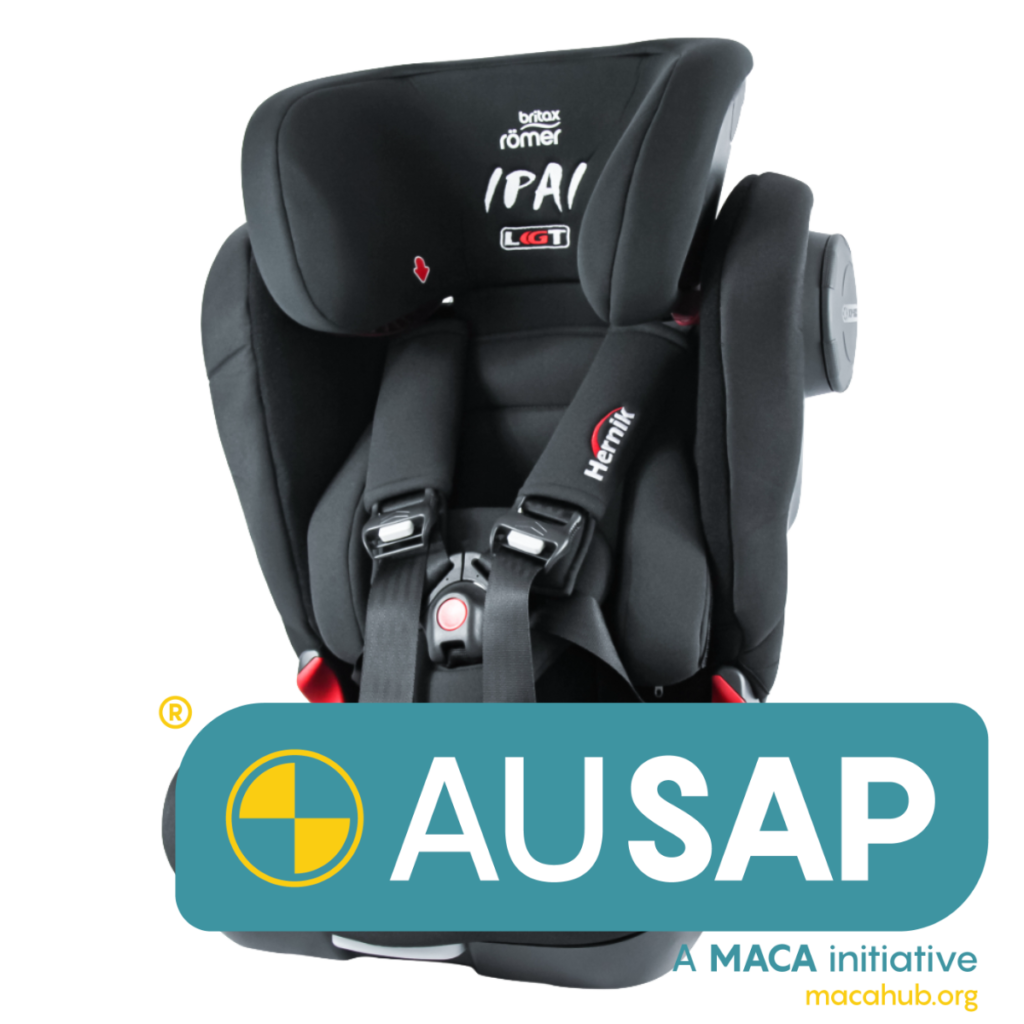Ipai-LGT Car Seat
The Ipai-LGT lives up to its name, characterised by a light weight easy-to-use design and provides mild body support and care for children with special needs. It comes equipped as standard with ISOFIX, thoracic supports and a 5-point harness that is padded at the shoulders. As part of the supportive harness a large, stable tee pad guarantees firm support across the child’s pelvis.
Have the peace of mind that your child is kept safe with the Side Impact Protection System that can be unscrewed to secure the car seat against the side of the vehicle door, improving safety in the event of side impact to the vehicle. If you choose to position the Ipai-LGT in the middle seat, its slim design allows for side-by-side installation of other car seats.
Through the depth adjustable ISOFIX adapter the Ipai-LGT can be used in a range of different vehicles. Adjusted through a central handle at the front of the car seat that can be operated with one hand makes it a breeze to install the seat quickly and safely.
Whilst there is no swivel base available for the Ipai-LGT it is available with a forearm body support tray accessory to give the upper body more stability.
Features:

Backrest height adjustment
The simple height adjustment function allows the backrest 20cm of height range providing greater comfort and safety for the child.
Integrated ISOFIX
The easy release ISOFIX attachment makes the Ipai LGT a breeze to install in any ISOFIX compatible vehicle. The vehicle seat belt must be used in conjunction with the car seat.
Side impact protection system
Have the peace of mind that your child is kept safe with the Side Impact Protection System that can be unscrewed to secure the car seat against the side of the vehicle door, improving safety in the event of side impact to the vehicle.Available accessories
MACA and AuSAP
MACA’s Australian Safety Assessment Program (AuSAP) independently assesses the safety and performance of specialty vehicle restraint systems used by children and young people with disabilities and medical conditions. It aims to support and advance safe motor vehicle transport for children and young people with disabilities and medical conditions.
MACA’s Australian Safety Assessment Program (AuSAP) has independently assessed the Ipai-LGT in accordance with the AuSAP Test and Assessment Protocol. The Ipai-LGT is published on MACA’s National Product Register. For more information, visit www.macahub.org


Technical specifications
| Seat width (rear) | 31cm |
| Seat width (front) | 34cm |
| Seat depth | 32cm |
| Back height | 38cm - 58cm |
| Head support height | 59cm - 79cm |
| Lateral support height | 20cm - 33cm |
| Distance between laterals | 14cm - 28cm |
| Back support recline angle | 85° - 162° |
| Total height of car seat | 67cm - 85cm |
| Overall width of car seat | 48cm |
| Total depth of car seat | 39cm |
| Total weight of car seat | 7kg |
| Weight capacity | 36kg |
Warranty Information
The Ipai-LGT car seat is guaranteed against faulty materials and faulty workmanship for a period of one year.
Product Compliance with Relevant Standards
The Ipai-LGT car seat has been tested to and complies with the following standards:
- ECE R44/04
ARTG Certificate: 223836










